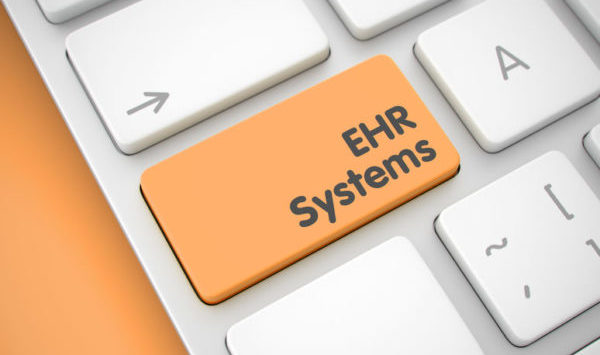Transition your legacy data to an archival system keeping the right format is now possible. Electronic health record (EHR) vendors are increasingly merging or acquiring other vendors creating obsolete EHR systems. Headlines of EHR retirement due to acquisition have been trending since 2015. Greenway created Success EHS, a legacy system of earlier versions.
Now there’s a huge dilemma: What to do with the data housed in your old EHR?
This legacy data includes information necessary for healthcare providers, patients, insurance and legal entities. State laws and the federal Health Insurance Portability and Accountability Act (HIPAA) require data retention for six to 10 years. Plus, the information housed in the old EHR belongs to your organization, not the software company.
Whenever an EHR vendor announces a sunset, hospitals and clinics should strongly consider using an EHR archival product, such as Triyam’s Fovea. Let’s look at some of the dangers hidden in your legacy data and why storing the data in a cloud-based archival system is your best option financially, legally and for your patients and providers.
Avoid These Costly Mistakes
The U.S. government has paid incentive payments of $35 billion to EHR development companies to update their software to meet HIPAA demands. The problem with these updated systems is that they do not import all your historical patient information.
New rules proposed by the current administration would force healthcare facilities to offer complete portability of patient information. You cannot afford to be caught off guard by changing legal requirements. Here are three mistakes to avoid:
– Do not migrate all data to the fancy new EHR system. This is time-consuming and costly and most of the time not practical. Your old data is in a different format that does not match the new system. The transition can take months to prepare and the risk of error in the transfer is high.
In addition, transitioning old data into a new system denies your opportunity to improve your process. You pay again for access to the data you already created, plus there is no guarantee of information integrity.
– Do not keep the archived data in the legacy EHR system. You may have a seemingly inexpensive read-only option offered by the old EHR vendor, but if the data is only readable, it will not be readily shareable.
There are also ongoing licensing fees and increased security risk since the system is not updated. That is gold for cybercriminals. Plus, how long will the legacy EHR last? If there are not updates the antiquated system is sure to fail, leaving the data inaccessible.
– Do not settle for a backup of the information. The disk or CD can easily be lost. Formats on new computer systems change; imagine if you had all your data on a tape drive today.
If the backup is on a drive, the information can become corrupted and disappear. A backup is certainly a portable option, but how it is accessed to aid in patient care and insurance claims is unsafe and cumbersome. This does not allow multiple users access of the information stored on the disk.
Archiving Legacy Data is the Most Portable And Cost-Effective Option
When you chose to archive legacy data in a vendor neutral archive, you improve patient care and access to information while saving money. This option offers flexibility in archive length as laws change. Here are just a few benefits:
– Portability and accessibility. Cloud-based vendor-neutral legacy archiving software, like Triyam’s Fovea, allows users access from any device. Triyam can extract historical patient data stored in any legacy EHR, even without the help of the EHR vendor.
Even if you have multiple EHR legacy systems, all the data can be converted into a common archive. Clerical staff can quickly access needed information and providers have patient data at their fingertips. Fovea can also be interfaced with your new EHR so that providers can access historical data from within the new EHR.
– Risk mitigation. Data is stored in a remote location on servers outside of your infrastructure, which adds a level of protection. Cloud-based platform or software as a service (SaaS, PaaS) providers can monitor use and provide consistent updates of authentication and antivirus protection.
– Cost savings. The average system is upgraded every five to seven years and maintaining outdated legacy systems increases with each new EHR. If you opt to use a legacy data archive platform, you can continually add data as upgrades happen.
Transition Your Legacy Data To An Archival System
Triyam’s EHR archival product Fovea, can extract historical patient data stored in any legacy EHR, even without the help of the EHR vendor. Triyam can then format this data in a vendor-neutral format and upload into Fovea.
Once the data is in Fovea, users can log in using just any browser, search for a patient and view or download their records. Fovea can also be interfaced with the new EHR such that providers can access historical data from within the new EHR.
Contact us today for a free evaluation on how Fovea can help maintain the integrity of your healthcare data.

